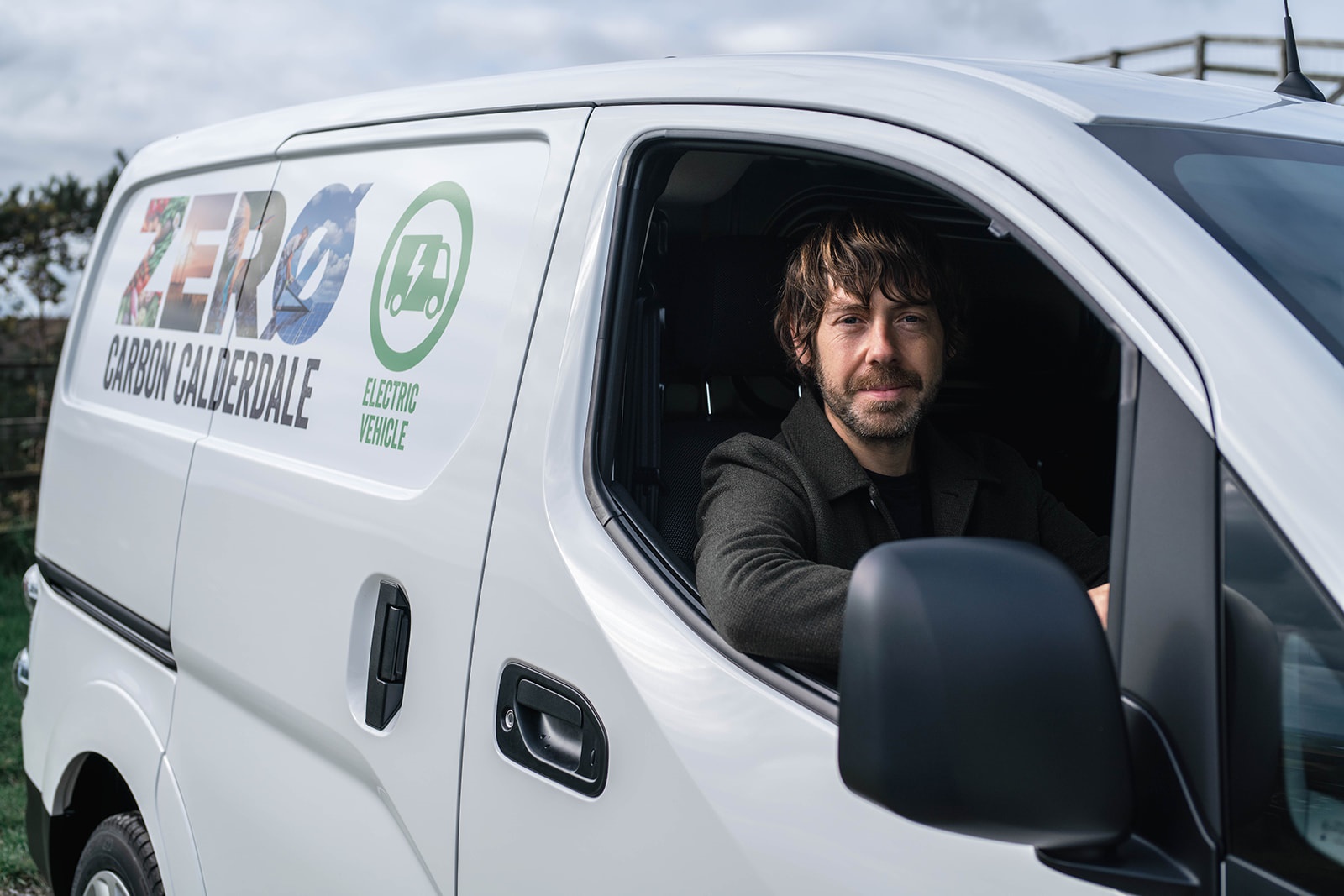
A major new project underway in Calderdale to inform work to reach ambitious net zero targets and support efforts to tackle the climate emergency.
Calderdale Council has set a target for the borough to achieve net zero by 2038, with significant progress by 2030. Extensive work has been taking place to reduce the carbon emissions across the borough, including those associated with the Council estate, such as the introduction of electric vehicles for the Council’s fleet and decarbonisation works at some of the least energy efficient Council buildings.
To help identify wider opportunities across the borough, the Council has begun work on a 12-month Local Area Energy Plan (LAEP) in partnership with national consultants, Integrated Environmental Solutions (IES).
The LAEP will be the first of its kind in the region and will involve the production of a virtual model or ‘digital twin’ of the borough, showing what improvements could be made and where they could happen.
It will help identify where changes can be made to decarbonise local heat and transport, improve the energy efficiency of buildings and generate renewable energy.
These changes may include suggested retrofit options for domestic and non-domestic buildings, opportunities for low carbon heat networks or district heating, the use of rooftop solar, or wind turbines for local renewable energy generation and the implementation of EV charging infrastructure. The plan will be fully costed and will set out the most affordable, effective route for Calderdale to meet its 2038 net zero target.
This LAEP is part of a range of powerful solutions that are supporting the journey to net zero . The mapping and modelling work undertaken through the LAEP project will help to progress the actions highlighted in the borough’s Climate Action Plan and develop the high level of detail needed to reach the target of net zero by 2038.
The LAEP will be developed with local key partners, including businesses and community groups, in recognition of the fact that any climate action requires support and contributions from local communities.
Once established in Calderdale, the LAEP will act as a pilot and learning opportunity for other councils in the West Yorkshire region.
Calderdale Council’s Cabinet Member for Climate Change and Resilience, Cllr Scott Patient, said:
“This is a major piece of innovative work which will give a whole-borough overview of where we can focus our efforts to reach our net zero targets and inform wider climate action.
“As the first borough in the region to develop a Local Area Energy Plan, we’re leading the way in our fight to tackle to climate emergency, using data, evidence and available technology to inform and subsequently instigate real change.
“The LAEP would also act as a framework to inform further policies, including planning and investment decisions, putting carbon efficiency at the heart of Council-decision making.”
Valeria Ferrando, associate director at IES, said:
“Local Area Energy Plans can play a vital role in helping councils and local authorities to meet their targets. More than 75% of local authorities in the UK have declared a climate emergency but many of these still do not have a plan in place to reach net zero.
“Calderdale is spearheading the decarbonisation drive in the West Yorkshire region and we have the tools available to create a pathway to net zero that meets their requirements, encourages community collaboration and makes a real difference in the fight against climate change.”
The Calderdale LAEP is funded by the Council and through the West Yorkshire Combined Authority. The project will be delivered across a 12-month period, from February 2023 to February 2024. It’s being supported by the North East & Yorkshire (NEY) Net Zero Hub through its local capacity support to the West Yorkshire area. The NEY Net Zero Hub is one of five Net Zero Hubs across the country focused on helping the UK reach net zero targets.
ENDS
